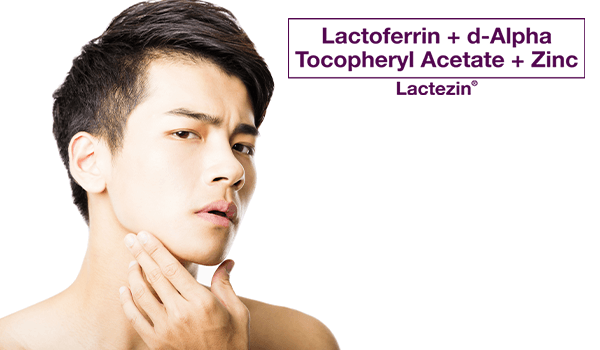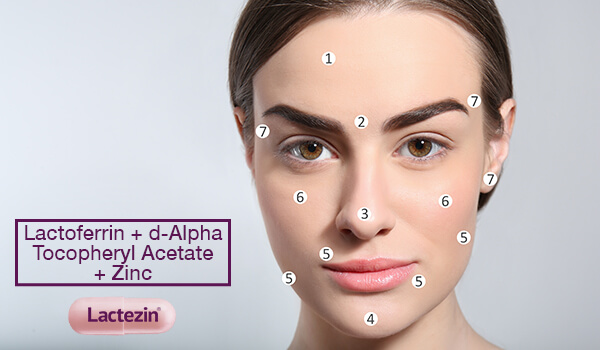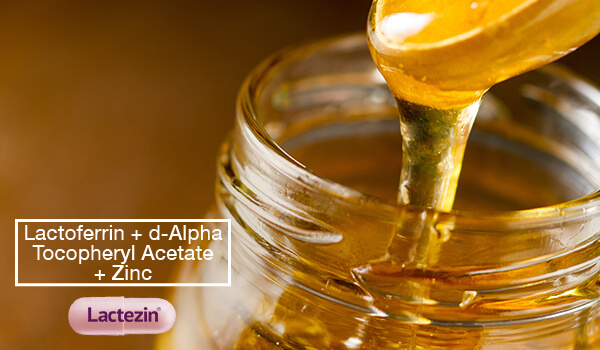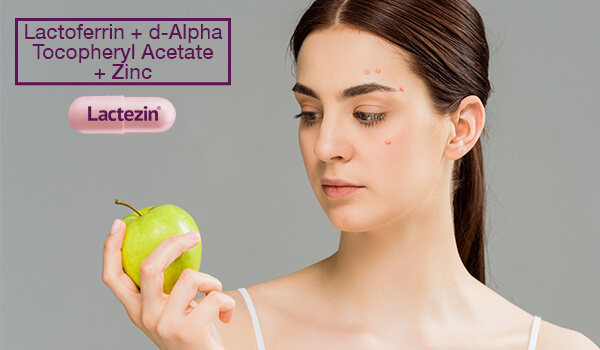Acne After Shaving? Here's How to Avoid It

Only a few things can ruin a perfectly good shave: painful cuts and breaking out in red bumps. A common type of breakout in men of any age, razor bumps are blemishes that commonly appear after routine shaving. Save yourself the discomfort of this type of painful acne by learning more about it, as well as tips on how to avoid it.
Let’s Get it Straight: Razor Bumps
Razor bumps are ingrown hairs or inflamed hair follicles that come as a result of shaving; specifically when the edge of a hair strand curls into the skin instead of growing straight out. These ingrown hairs can cause tenderness, rashes, inflammation with a bit of pain, and pimples.
Unlike acne that comes with puberty, pimples that pop out after shaving don’t necessarily appear due to hormones or age-related reasons. It may be genetic, as razor bumps are more common in men with curly hair. Other than genetics, razor bumps and post-shave acne may be caused by certain factors involved in shaving such as the following:
- Dirty/Old Razor Blades. Old razor blades can be breeding ground for bacteria, which can make their way onto your skin everytime the blade makes contact.
- Shaving Products. Some shaving creams and gels may be harsh and may irritate the skin. The swelling and inflammation may turn into pimples.
- Shaving the Wrong Way. Shaving in the wrong direction causes hair tips to be cut at a different angle. This makes it easier for hair to penetrate back into the skin as it grows, and inflammation and pimples triggered by trapped sebum and bacteria in pores may follow.
- Rinsing Your Face with Hot Water after Shaving. To prevent dirt and debris from getting in and getting trapped, your pores need to be closed. While rinsing with hot or warm water feels good after a shave, this only opens your pores more.
How to Avoid After-Shave Acne
Although common, you shouldn’t have to endure getting painful, bumpy pimples after every shave. Take control with these tips on how to avoid after-shave acne.
Cleanse & Prep for Acne-free Shaving
It is important to make sure that both hair and skin are prepped before shaving. First step? Get rid of dirt, oil and dead skin cells as any of these may be what causes breakouts later on. With warm water, cleanse with a gentle scrub and a brush for exfoliation, to free up pores. This initial step should help ready your facial hair for proper contact with a razor.
Moisten Your Hair & Skin
The ideal time to shave is in the shower or right after. That’s when the skin is warm and moist, and the hairs are at their softest. If not, make sure to go through the basic skin care regimen of cleansing, applying toner and moisturizing. Smearing some shaving cream helps the hair retain water and this makes it easier for your razor to cut.
Use a Type of Razor that Works for You
There’s a variety of razors to choose from in the market. Razors that are designed for shaving sensitive skin can help with reducing the occurrence of razor bumps. Multi-blade razors may provide close shaves, but can be prone to pulling and tugging on the skin. This may lead to rashes and skin irritation.
Some dermatologists recommend using an electric razor if chronic razor bumps are a problem. Much like single-blade options, electric razors are gentler on the skin and don’t cut hair as short. Whichever type you go for, make sure it’s always a fresh blade.
Shave Along the Grain
Good shaving techniques are one way to reduce the risk of razor bumps. In short single strokes, remember to shave along the grain rather than against it. While this may not give you a close shave, the chances of having ingrown hairs is less.
Retain Moisture & Shave Regularly
All that friction from shaving strips off moisture from the skin, and may leave it tight or dry with flakes and redness. Replenish the lost moisture by spreading a layer of moisturizing aftershave lotion to keep the skin hydrated. Best to look for a formulation with antibacterial ingredients as this will help in minimizing inflammation in freshly-shaved follicles.
Shave Along the Grain
Good shaving techniques are one way to reduce the risk of razor bumps. In short single strokes, remember to shave along the grain rather than against it. While this may not give you a close shave, the chances of having ingrown hairs is less.
Retain Moisture & Shave Regularly
All that friction from shaving strips off moisture from the skin, and may leave it tight or dry with flakes and redness. Replenish the lost moisture by spreading a layer of moisturizing aftershave lotion to keep the skin hydrated. Best to look for a formulation with antibacterial ingredients as this will help in minimizing inflammation in freshly-shaved follicles.
Suffering from razor bumps and post-shave acne? You can manage it with the right tool in hand. Target pimples with the anti-pimple ingredients of lactoferrin, vitamin E and zinc combined in every capsule of Lactezin. Lactoferrin helps in treating the damage caused by acne, vitamin E helps repair and protect skin cells, while zinc’s antioxidant and oil-regulating properties help improve skin appearance.
With regular intake of two capsules daily, Lactezin helps lessen pimples and aids in achieving clearer skin in as early as 2 weeks!
Get your acne questions answered with expert pimple care tips and advice, only from Lactezin.
SOURCES:
https://www.healthline.com/health/beauty-skin-care/razor-burn
https://gillette.com/en-us/shaving-tips/how-to-shave/razor-bumps


